Here are a few things you need to be aware of for your drone photography business to run smoothly.
Drone Photography Business Tips
Get a Licence and Insurance to Become an Official Drone Photographer
[Note: ExpertPhotography is supported by readers. Product links on ExpertPhotography are referral links. If you use one of these and buy something, we make a little bit of money. Need more info? See how it all works here.] Most drone photographers need a licence to work legally. Insurance is optional, but it will help you build trust with your clients. A licence usually involves a test. Once you pass the test, you become an official drone pilot. An insurance guarantees that if anything goes wrong during your photoshoot (which hopefully will not happen), you will be compensated. Even though a licence and an insurance take time and money, they’re both worthy investments. Clients find it easier to trust photographers who know how to control drones professionally. Make it clear that you’re licensed when you talk about your drone photography online.
Read Drone Laws to Avoid Shooting Illegally
There are many drone laws to keep in mind when you take photos anywhere. These laws, however, depend on the country you’re in. For example, here are a few laws for American citizens:
your drone must weight less than 55 pounds; you can’t fly above 400 feet; and you must always be able to see your drone.
Being aware of basic drone laws will help you have safe and successful photoshoots anywhere. This will also strengthen your reputation and make clients trust you more.
Start with an Affordable Drone to Practise Drone Photography
You might be tempted to invest in an expensive drone right away. Even if you have the money, consider buying a cheaper drone first. This will give you a chance to experiment without worrying about damaging your equipment. You’ll be able to focus on composition, angles, and views instead. Some of the most affordable drones out there are:
Ryze Tello Potensic D85 Hasakee K5 Mini Nano Drone
Most of these are lightweight and have high-quality cameras, so you don’t need to worry about compromising the quality of your work.
Later on Invest in a High-Quality Drone to Take Amazing Shots
When you feel that you have enough experience as a drone photographer, you can invest in professional drones. The kind of drone you choose depends on the kind of work you plan to do. (More on this later.) Some of the best drones today are:
DJI Mavic 2 Pro Parrot Anafi DJI Inspire 2
These are all fairly pricey, but they’re all worthy investments if you want to start a sustainable drone photography business. The better your equipment, the more confident you’ll feel when offering your services to clients.
Experiment with Different Drone Genres to Find Your Favourite(s)
This is one of the most important steps of your business plan. As mentioned before, drone photography comes with a lot of sub-genres. Here are just a few categories that drone photographers can get into:
Real estate Surveillance Agriculture Weddings
Make sure that you experiment with as many genres as possible. Have at least two favourite photography genres that you can work on in the long run. The more skills you develop, the more clients you’ll have. Once you pick a few favourites, you can start offering your services to a wide variety of people.
Create a Checklist to Ensure a Smooth Operation
Before you make your business official, you can make a list of everything you’d like to focus on. This can be a to-do list or simply a list of questions. A few questions you can keep in mind are:
What is my target audience? How much can I realistically earn in one year? Do I have any acquaintances or friends who might be interested in my business? Do I also want to offer drone videography? What is the best social media platform to advertise my work? What is my backup plan if something goes wrong?
The more prepared you are, the easier you’ll find it to keep your business strong, no matter what you experience.
Improve Your Drone Photography Business by Looking at Competitors
Different kinds of drone photography thrive in different areas. Look at local drone photographers and see what they’re offering. Take note of similarities, pricing packages, and editing styles. Do most of them offer photography services only? If so, maybe you can offer extra videography services. Your goal is to find what’s missing and use it to attract customers. There are other things you can include in your offer, such as professional color correction and a 24-hour turnaround. Of course, you need to make sure that what you’re offering is realistic for your lifestyle. While it’s important to take your work to the next level, don’t forget about your limits and abilities. For example, if you have a part-time job, you can offer a 48-hour turnaround instead of a 24-hour turnaround. This might give you enough time to work on both jobs efficiently without compromising either of them.
Build a Strong Portfolio to Highlight Your Skills
Without an outstanding style, drone photos all look the same. You can naturally develop your style by taking lots of photos. Experiment with different angles, heights, editing skills, and videography techniques. The more you do this, the closer you’ll get to discovering your unique preferences. Store all of your photos on a hard drive. As long as a picture is sharp and has a good composition, keep it. You might come back to these outtakes and see potential in them. If nothing else, you’ll see where you went wrong and learn from it. When you’ve already had a few photo shoots and feel confident in your work, you can start building your photography portfolio. Post your best work only. Keep your photos diverse. This means you should take photos of different events and landscapes. Show visitors all of your skills so that they can get inspired by your work. And if you inspire them, you’re likely to be hired by them.
Draw up a Solid Pricing Plan to Avoid Confusion
There’s no right or wrong way to create a photography pricing plan. Drone photographers can charge anywhere from $50 to $450 an hour. If you’re a beginner and need experience, you’ll probably want to start at a low rate. Come up with a rate that seems fair to you. Now, compare it to your competitors’ pricing packages. You have a right to charge more if you offer extra services. Another thing to keep in mind is turnaround time. If you can send your client the results within 24 hours, you should charge extra. Some drone photographers offer a variety of pricing packages. Instead of charging per hour, you can offer an entire package for a fixed price. Consider your turnaround time, how long you’ll be photographing for, and if the clients want edited pictures or not.
Sell Your Photos on Stock Photo Websites for Extra Income
You don’t always need to shoot for a client to earn some money. Many drone photographers sell their photos to publishers, advertising companies, and so on. One of the easiest ways to do this is to find a stock photo agency. You can submit exclusive or non-exclusive work. Exclusive work can be used only once or for a limited time. Non-exclusive work can be bought over and over again. Stock photo agencies don’t usually pay as much as clients do, but they can be a great source of passive income.
Be Present on Social Media to Get More Exposure
Once everything is ready, you can start posting your photos on social media. Social media exposure can lead to more clients, a strong reputation, and paid promotions. It can also help you build a community of inspiring artists. Start with a couple of social platforms. If you focus on just a few, you’ll be able to spend your social media time wisely. Post on a regular basis. Include people in your work so that they feel special. Use hashtags related to drone photography so more people can discover your work. This might not always pay the bills, but it will keep you refreshed and motivated as a drone photographer.
Common Drone Photography Questions
Is Drone Photography Profitable?
Drone photography can be quite a profitable job. Professional drone photographers can charge up to $450 per hour. In general, the amount of money you earn depends on the kind of aerial photography you want to pursue.
How Much Does a Drone Footage Cost?
The cost depends on how long you want your final video to be. Drone footage tends to last between 1-3 minutes. The average cost for filming something with a drone is around $100-$200 per hour. Of course, the final price also depends on the videographer’s experience and the kind of work that’s being requested.
Can Drones Be Used for Commercial Purposes?
Yes. In some countries, like the UK, you need to get special permission to use a drone for commercial purposes. Most commercial photographers need a drone insurance and a certification for their business to be considered legal.
Do I Need a Commercial Drone Licence?
It depends on the country you’re in. In general, you’ll need a commercial drone licence if you work on a commercial project. This includes client photoshoots. If you’re planning to use your drone just for fun, you might not need a commercial drone licence.
Conclusion
Drone photography is a diverse genre that can help you look at the world from a unique point of view. It’s not surprising that so many people want to turn it into a thriving business. With some patience and an open mind, you can have a successful drone photography business of your own that inspires both you and the people around you.


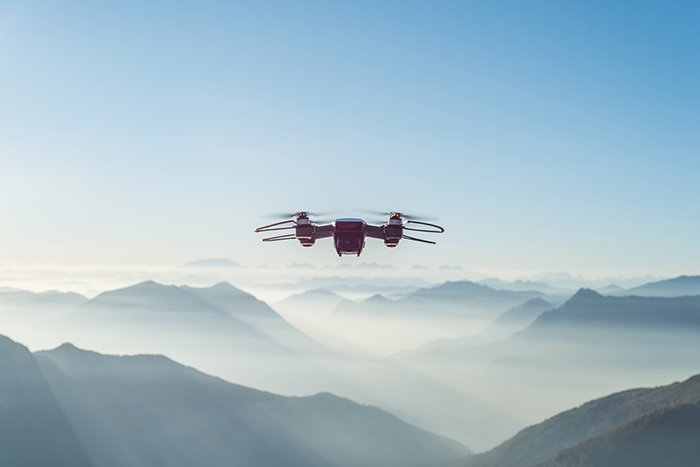

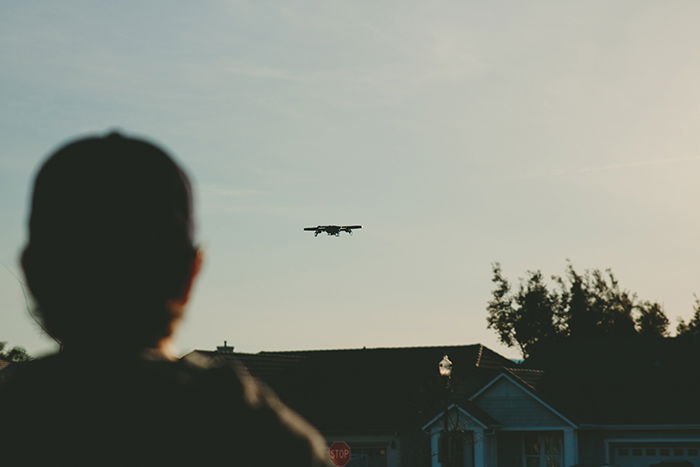
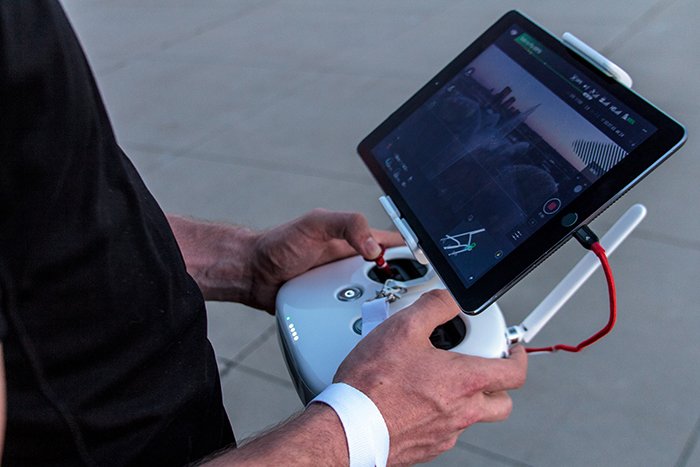
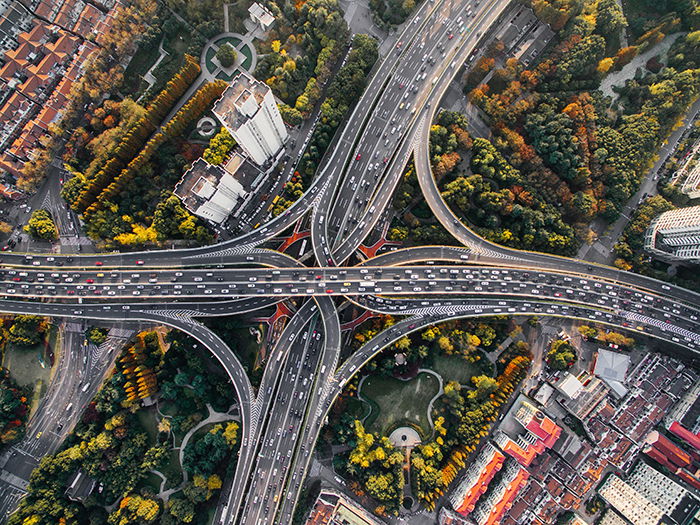
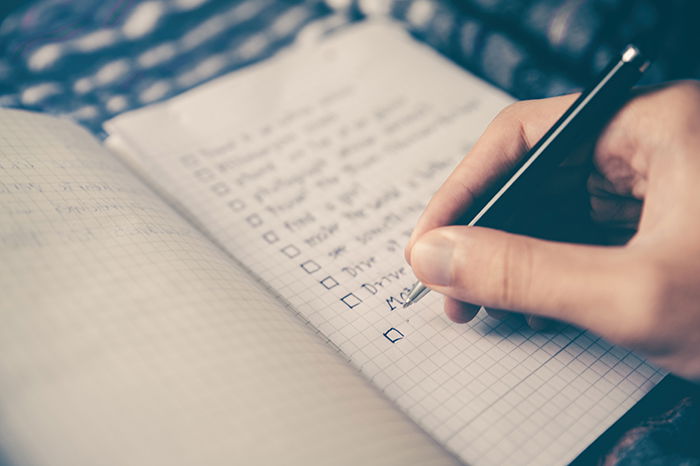
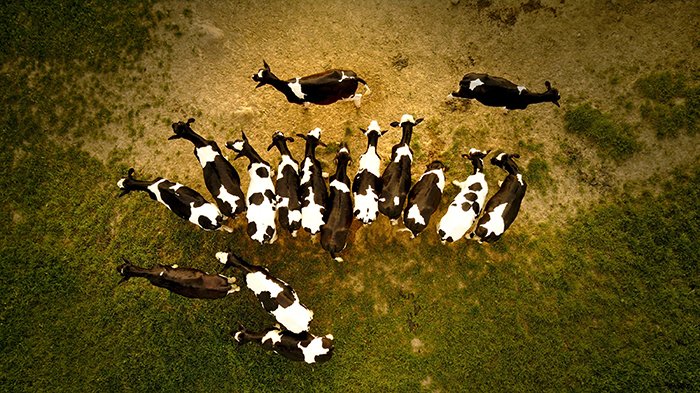
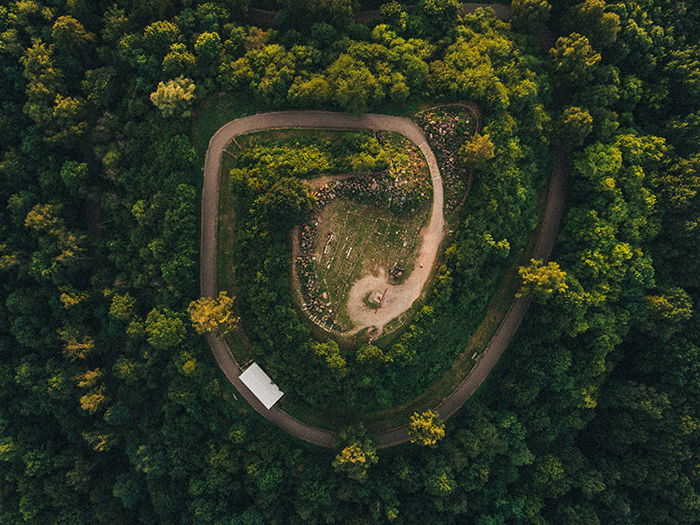
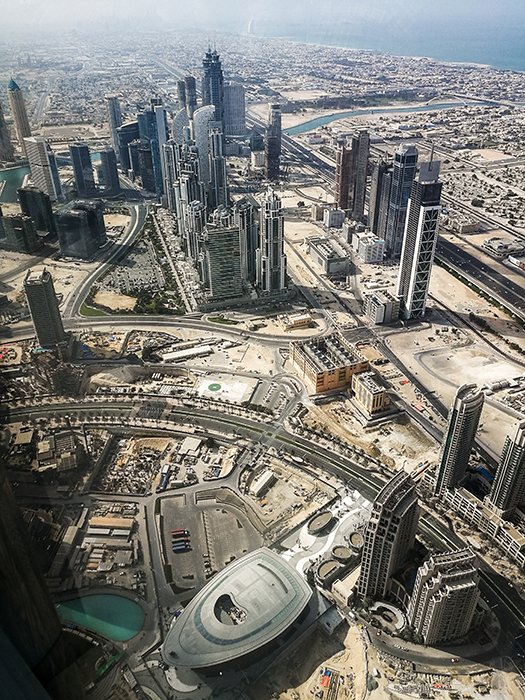
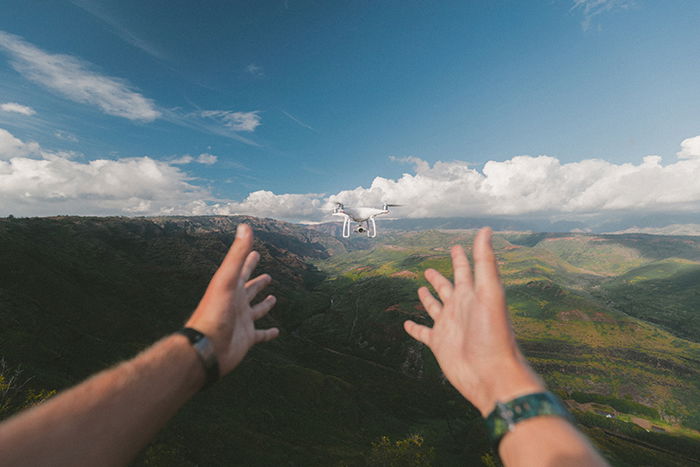
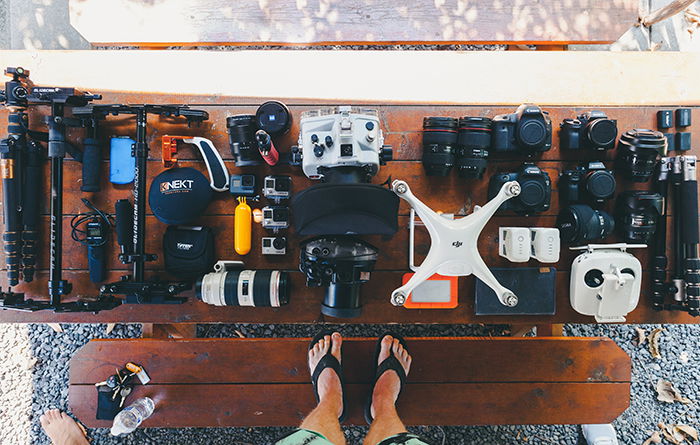
title: “How To Start A Drone Photography Business 12 Easy Tips " ShowToc: true date: “2023-02-11” author: “Jerry Clark”
Here are a few things you need to be aware of for your drone photography business to run smoothly.
Drone Photography Business Tips
Get a Licence and Insurance to Become an Official Drone Photographer
[Note: ExpertPhotography is supported by readers. Product links on ExpertPhotography are referral links. If you use one of these and buy something, we make a little bit of money. Need more info? See how it all works here.] Most drone photographers need a licence to work legally. Insurance is optional, but it will help you build trust with your clients. A licence usually involves a test. Once you pass the test, you become an official drone pilot. An insurance guarantees that if anything goes wrong during your photoshoot (which hopefully will not happen), you will be compensated. Even though a licence and an insurance take time and money, they’re both worthy investments. Clients find it easier to trust photographers who know how to control drones professionally. Make it clear that you’re licensed when you talk about your drone photography online.
Read Drone Laws to Avoid Shooting Illegally
There are many drone laws to keep in mind when you take photos anywhere. These laws, however, depend on the country you’re in. For example, here are a few laws for American citizens:
your drone must weight less than 55 pounds; you can’t fly above 400 feet; and you must always be able to see your drone.
Being aware of basic drone laws will help you have safe and successful photoshoots anywhere. This will also strengthen your reputation and make clients trust you more.
Start with an Affordable Drone to Practise Drone Photography
You might be tempted to invest in an expensive drone right away. Even if you have the money, consider buying a cheaper drone first. This will give you a chance to experiment without worrying about damaging your equipment. You’ll be able to focus on composition, angles, and views instead. Some of the most affordable drones out there are:
Ryze Tello Potensic D85 Hasakee K5 Mini Nano Drone
Most of these are lightweight and have high-quality cameras, so you don’t need to worry about compromising the quality of your work.
Later on Invest in a High-Quality Drone to Take Amazing Shots
When you feel that you have enough experience as a drone photographer, you can invest in professional drones. The kind of drone you choose depends on the kind of work you plan to do. (More on this later.) Some of the best drones today are:
DJI Mavic 2 Pro Parrot Anafi DJI Inspire 2
These are all fairly pricey, but they’re all worthy investments if you want to start a sustainable drone photography business. The better your equipment, the more confident you’ll feel when offering your services to clients.
Experiment with Different Drone Genres to Find Your Favourite(s)
This is one of the most important steps of your business plan. As mentioned before, drone photography comes with a lot of sub-genres. Here are just a few categories that drone photographers can get into:
Real estate Surveillance Agriculture Weddings
Make sure that you experiment with as many genres as possible. Have at least two favourite photography genres that you can work on in the long run. The more skills you develop, the more clients you’ll have. Once you pick a few favourites, you can start offering your services to a wide variety of people.
Create a Checklist to Ensure a Smooth Operation
Before you make your business official, you can make a list of everything you’d like to focus on. This can be a to-do list or simply a list of questions. A few questions you can keep in mind are:
What is my target audience? How much can I realistically earn in one year? Do I have any acquaintances or friends who might be interested in my business? Do I also want to offer drone videography? What is the best social media platform to advertise my work? What is my backup plan if something goes wrong?
The more prepared you are, the easier you’ll find it to keep your business strong, no matter what you experience.
Improve Your Drone Photography Business by Looking at Competitors
Different kinds of drone photography thrive in different areas. Look at local drone photographers and see what they’re offering. Take note of similarities, pricing packages, and editing styles. Do most of them offer photography services only? If so, maybe you can offer extra videography services. Your goal is to find what’s missing and use it to attract customers. There are other things you can include in your offer, such as professional color correction and a 24-hour turnaround. Of course, you need to make sure that what you’re offering is realistic for your lifestyle. While it’s important to take your work to the next level, don’t forget about your limits and abilities. For example, if you have a part-time job, you can offer a 48-hour turnaround instead of a 24-hour turnaround. This might give you enough time to work on both jobs efficiently without compromising either of them.
Build a Strong Portfolio to Highlight Your Skills
Without an outstanding style, drone photos all look the same. You can naturally develop your style by taking lots of photos. Experiment with different angles, heights, editing skills, and videography techniques. The more you do this, the closer you’ll get to discovering your unique preferences. Store all of your photos on a hard drive. As long as a picture is sharp and has a good composition, keep it. You might come back to these outtakes and see potential in them. If nothing else, you’ll see where you went wrong and learn from it. When you’ve already had a few photo shoots and feel confident in your work, you can start building your photography portfolio. Post your best work only. Keep your photos diverse. This means you should take photos of different events and landscapes. Show visitors all of your skills so that they can get inspired by your work. And if you inspire them, you’re likely to be hired by them.
Draw up a Solid Pricing Plan to Avoid Confusion
There’s no right or wrong way to create a photography pricing plan. Drone photographers can charge anywhere from $50 to $450 an hour. If you’re a beginner and need experience, you’ll probably want to start at a low rate. Come up with a rate that seems fair to you. Now, compare it to your competitors’ pricing packages. You have a right to charge more if you offer extra services. Another thing to keep in mind is turnaround time. If you can send your client the results within 24 hours, you should charge extra. Some drone photographers offer a variety of pricing packages. Instead of charging per hour, you can offer an entire package for a fixed price. Consider your turnaround time, how long you’ll be photographing for, and if the clients want edited pictures or not.
Sell Your Photos on Stock Photo Websites for Extra Income
You don’t always need to shoot for a client to earn some money. Many drone photographers sell their photos to publishers, advertising companies, and so on. One of the easiest ways to do this is to find a stock photo agency. You can submit exclusive or non-exclusive work. Exclusive work can be used only once or for a limited time. Non-exclusive work can be bought over and over again. Stock photo agencies don’t usually pay as much as clients do, but they can be a great source of passive income.
Be Present on Social Media to Get More Exposure
Once everything is ready, you can start posting your photos on social media. Social media exposure can lead to more clients, a strong reputation, and paid promotions. It can also help you build a community of inspiring artists. Start with a couple of social platforms. If you focus on just a few, you’ll be able to spend your social media time wisely. Post on a regular basis. Include people in your work so that they feel special. Use hashtags related to drone photography so more people can discover your work. This might not always pay the bills, but it will keep you refreshed and motivated as a drone photographer.
Common Drone Photography Questions
Is Drone Photography Profitable?
Drone photography can be quite a profitable job. Professional drone photographers can charge up to $450 per hour. In general, the amount of money you earn depends on the kind of aerial photography you want to pursue.
How Much Does a Drone Footage Cost?
The cost depends on how long you want your final video to be. Drone footage tends to last between 1-3 minutes. The average cost for filming something with a drone is around $100-$200 per hour. Of course, the final price also depends on the videographer’s experience and the kind of work that’s being requested.
Can Drones Be Used for Commercial Purposes?
Yes. In some countries, like the UK, you need to get special permission to use a drone for commercial purposes. Most commercial photographers need a drone insurance and a certification for their business to be considered legal.
Do I Need a Commercial Drone Licence?
It depends on the country you’re in. In general, you’ll need a commercial drone licence if you work on a commercial project. This includes client photoshoots. If you’re planning to use your drone just for fun, you might not need a commercial drone licence.
Conclusion
Drone photography is a diverse genre that can help you look at the world from a unique point of view. It’s not surprising that so many people want to turn it into a thriving business. With some patience and an open mind, you can have a successful drone photography business of your own that inspires both you and the people around you.












